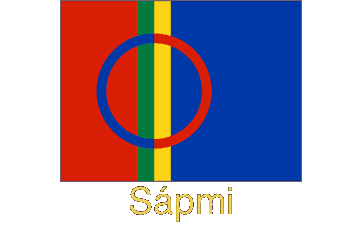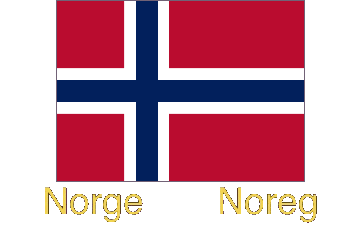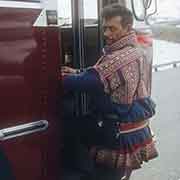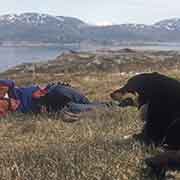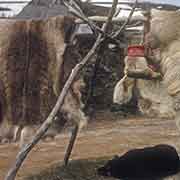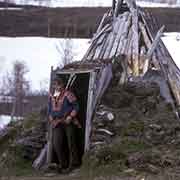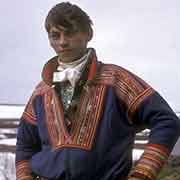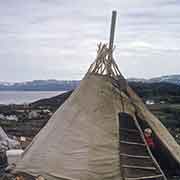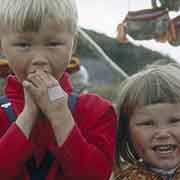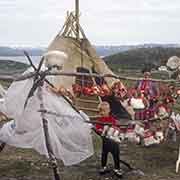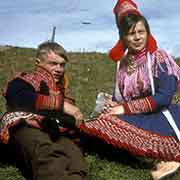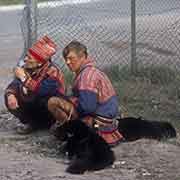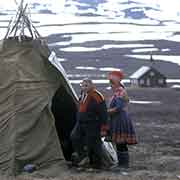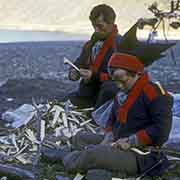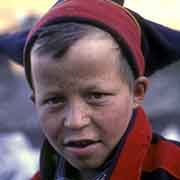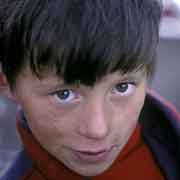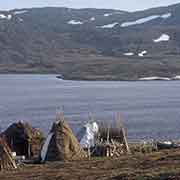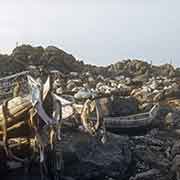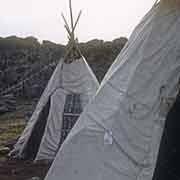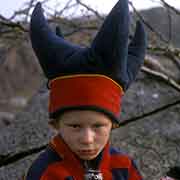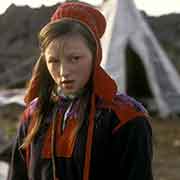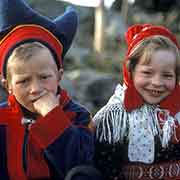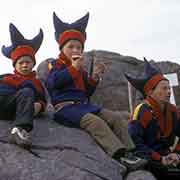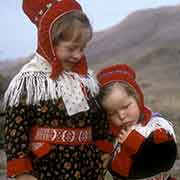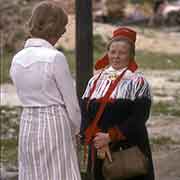Photos of Sápmi and the Sami people, Norway
Sápmi and the Sami people
The Sami (or Sámi) people are the indigenous people of the northern parts of Norway, Sweden, Finland, and northwestern Russia’s Kola peninsula. Historically they have been known as Lapps or Laplanders, but this indication is now no longer used, as it is considered an offensive term by some people. Although Sami people are involved in various livelihoods, they are best known for reindeer herding, and nowadays about 10% of the Sami are connected to this.
you may then send it as a postcard if you wish.
The Sami languages form a branch of the Uralic language family, which indicates that their ancestors came from the middle and upper Volga regions of Russia; they moved from there during the second millennium BCE. Uralic languages also include Finnish, Estonian, Hungarian and various minority languages spoken in Russia. Ten Sami languages may be distinguished; Northern Sami is the most widely spoken, with an estimated 15,000 speakers in Norway, Sweden and Finland. Sami is an official language alongside Norwegian in the “administrative area for the Sami language”, including eight municipalities in the northern part of Norway. Because of assimilation, all Sami languages are endangered, some critically.
Sápmi refers to the areas where the Sámi people have traditionally lived, stretching over Norway, Sweden, Finland, and Russia. It overlaps with other regions and definitions. Most of the Sami population is concentrated in a few traditional areas in the northernmost part of Sápmi, such as Kautokeino and Karasjok. Some now live in the larger cities. The Sami people are estimated to make up only 2.5% to 5% of the total population in the Sápmi area.
The traditional clothing, called Gákti, may show by its colours, patterns and decorations the wearer’s marital status and geographical origin. There is a significant difference in the costume from the western region around Kvænangen (Návuona suohkan), Alta (Áltá) and Kautokeino (Guovdageaidnu) and the eastern region, from the island of Magerøya (Máhkarávju) to Karasjok (Kárášjohka). In 1973, when these photos were taken, traditional clothing seemed to be worn as everyday apparel.
